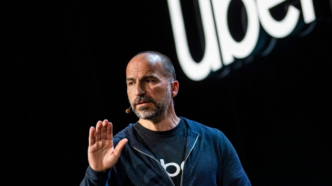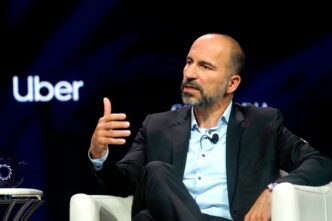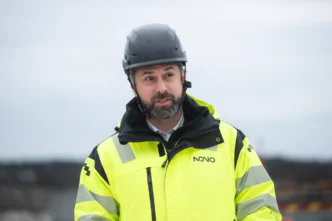Uber is doubling down on its autonomous vehicle (AV) strategy—not by building the technology itself, but by teaming up with a growing list of AV innovators. The ride-hailing giant’s latest partner is Momenta, a China-based self-driving tech startup that will bring its robotaxi fleet to the Uber app in Europe starting in early 2026.
The announcement came just one day after Uber revealed a similar agreement with May Mobility, a self-driving shuttle company based in Ann Arbor, Michigan. These two back-to-back announcements show Uber’s fast-paced approach to building out an autonomous future.
Rather than invest heavily in proprietary hardware and software for autonomous vehicles, Uber is taking a partnership-first route. Its current roster of AV collaborators includes Waymo, Volkswagen, Wayve, WeRide, and now Momenta and May Mobility.
Strategic Expansion With Global AV Partners
The upcoming launch with Momenta is scheduled for early 2026 and will initially feature robotaxis equipped with safety operators onboard. While full autonomy is the end goal, having safety drivers is standard practice for many AV companies in the rollout phase.
Momenta’s CEO, Xudong Cao, hailed the partnership as a major milestone. “This completes the key ecosystem needed to scale autonomous driving globally,” he said in a statement. The collaboration aims to merge Momenta’s autonomous technology with Uber’s massive user base and ride-hailing infrastructure.
Uber’s move is strategic. With operations in more than 70 countries, the company holds unmatched global reach in the ride-hail and delivery space. By integrating third-party AV systems into its platform, Uber can roll out self-driving services at scale without the need to own and develop the entire tech stack.
This approach is also proving cost-effective. Uber once invested heavily in building its own self-driving unit, Advanced Technologies Group (ATG), but sold it to Aurora Innovation in 2020 after mounting safety and financial challenges.
Now, by working with external AV firms, Uber can test, pilot, and scale driverless offerings across different regions without the same overhead risk.
Tesla Looms as a Future Competitor
Uber’s rapid partnership expansion may also be a preemptive move against a new threat from Tesla. CEO Elon Musk has announced plans to launch Tesla’s own robotaxi service in Austin, Texas, later this year.
Musk claims that every Tesla on the road could someday become fully autonomous via a simple software update—essentially turning the existing fleet into a giant robotaxi network. If Tesla delivers on that promise, it could challenge Uber directly in the ride-hailing space, and Uber’s market dominance would be at risk.
Still, Tesla’s robotaxi program has yet to launch, and regulatory hurdles remain. In the meantime, Uber is actively lining up partners and expanding its AV coverage.
The company’s AV collaborations go beyond passenger transport. Uber Freight and Uber Eats are both exploring autonomous trucking and delivery use cases, respectively. Companies like Aurora, Nuro, and Serve Robotics are working with Uber on those fronts.
By securing multiple AV partners across different regions and verticals, Uber is creating what it sees as a future-proof network. Instead of depending on one solution, the company can plug into various tech stacks as they mature.
According to Uber, these collaborations are not just about testing. They are real commercial rollouts—gradual at first but designed to grow over time as safety, regulatory, and public acceptance factors align.
Uber’s latest AV alliances reinforce a core strategy: own the customer, not the car. By managing the platform while relying on partners for the underlying technology, Uber aims to be the central access point for autonomous rides—regardless of who builds the robotaxi.













